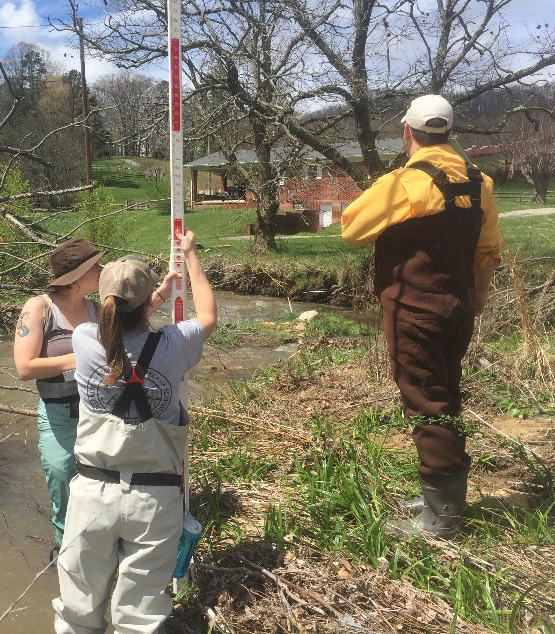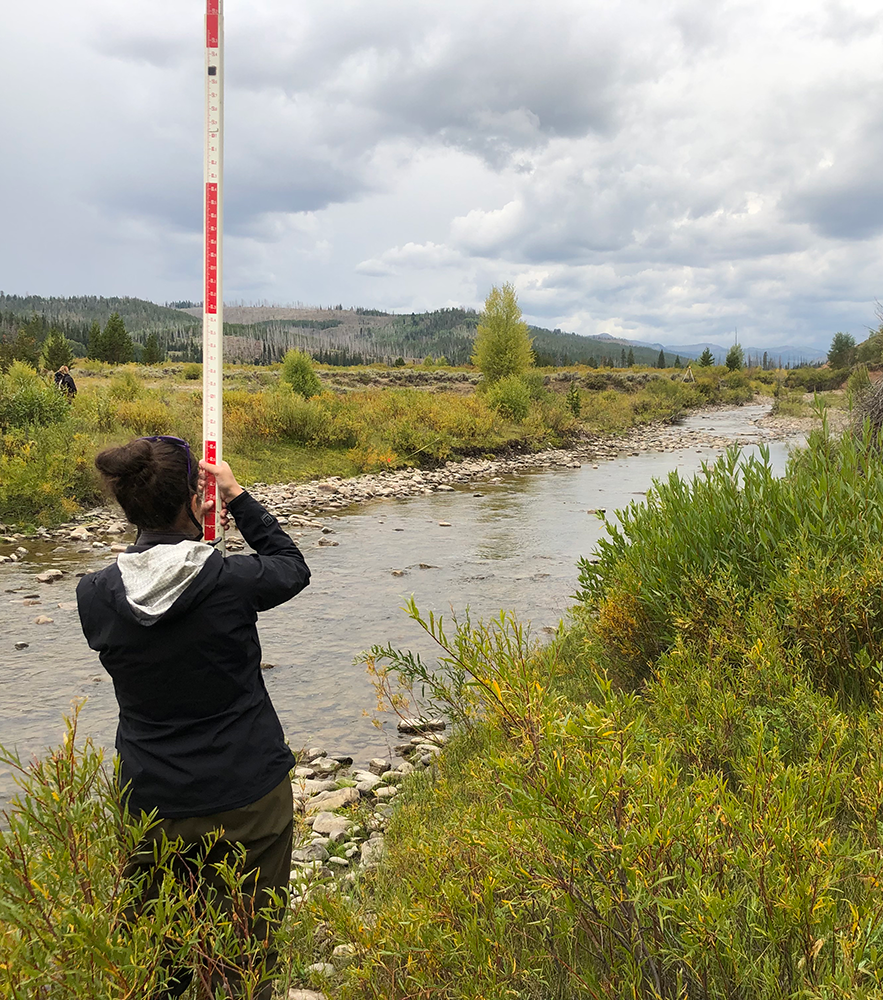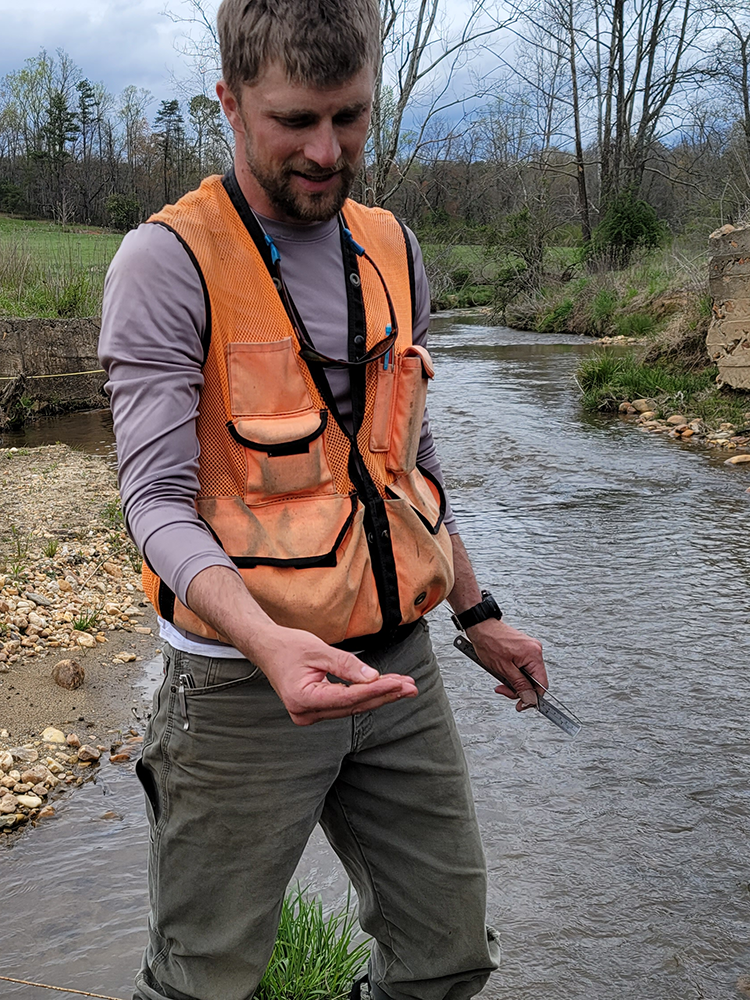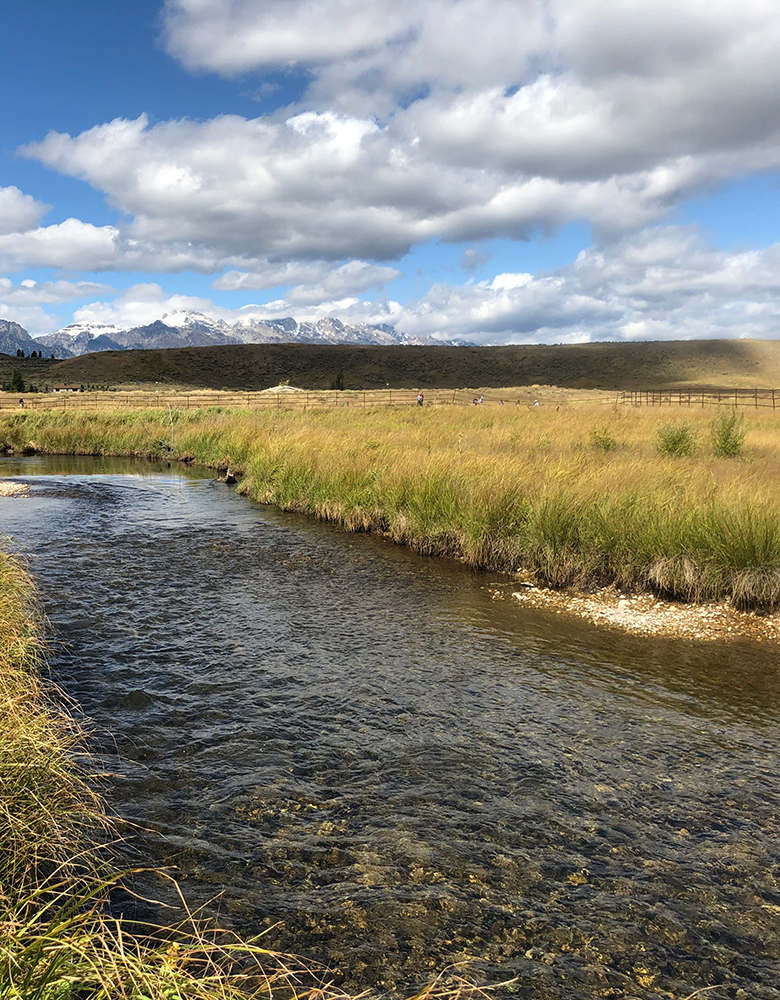Background
Stream Quantification Tool and Debit Calculator
In 2016, EPR collaborated with Stream Mechanics to create the Stream Quantification Tool. In the years since, EPR staff have worked with Stream Mechanics and state and federal agencies to regionalize the SQT and Debit Calculator for use in seven additional states and parts of Alaska. Today, EPR offers the following services related to the Stream Quantification Tool
Quantifying Gained and Lost Stream Functions
Though stream restoration efforts have increased in the U.S. over the past few decades, stream restoration practitioners and resource agencies have struggled to quantify the feasibility and ultimate success of restoration projects. A key challenge is linking stream restoration activities with improvement to stream functions.
The Stream Quantification Tool (SQT), based on the Stream Functions Pyramid Framework, was created to fulfill the following needs:
- To provide
- To provide a spreadsheet calculator to determine the numerical difference, as measured using regionally specific metrics and reference curves, between an existing (degraded) stream condition and the proposed (restored or enhanced) stream condition. This numerical difference is known as functional lift or uplift and is often used to assist in calculating stream credits as defined by the 2008 Federal Mitigation Rule.
- To ensure
- To ensure parity between debits and credits, a Debit Calculator was adapted from the SQT that is capable of quantifying functional loss from common development activities such as culverts, impoundments, and channelization. When used together, the SQT and Debit Calculator can provide certainty that debits are being offset with function-based credits.
- To incentivize
- To incentivize high-quality stream restoration and mitigation by matching restoration goals with each site’s restoration potential. The SQT can provide greater certainty to agencies, mitigation providers, and the public that restoration activities proposed at a certain site will deliver intended benefits for years to come.
SQT Resources By State
Alaska
The Alaska District Stream Procedures and the AKSQTint, Debit Calculator, and related resources are found on the RIBITS website (https://ribits.ops.usace.army.mil/ords/f?p=107:2) To access these materials filter for the Alaska District and then click on "Assessment Tools" in the Menu options.
Colorado
Please follow this link to access the SQT, Debit Calculator and manuals: https://www.spa.usace.army.mil/Missions/Regulatory-Program-and-Permits/CSQT/
Michigan
Please follow this link to access the SQT, Debit Calculator and manuals: https://www.michigan.gov/egle/about/organization/water-resources/inland-lakes-and-streams/quantification-tool
Minnesota
The St. Paul District Stream Procedures and the MN SQT, Debit Calculator, and related resources are found on the RIBITS website (https://ribits.ops.usace.army.mil/ords/f?p=107:2) To access these materials, filter for the St. Paul District and then click on "Assessment Tools" in the Menu options.
North Carolina
The North Carolina SQT was the first SQT developed to quantify uplift from stream restoration or mitigation projects and was developed with funding and advisory support from Environmental Defense Fund. Although developed for both regulatory and non-regulatory purposes, the Wilmington District does not use the North Carolina SQT for crediting or debiting and the tool has not been updated since 2017, as such it remains a "Beta" tool. We do not recommend using the NC SQT, but the South Carolina SQT shares similarities with the NC SQT, has been updated recently, and could be used instead of the NC SQT. Please contact [email protected] for guidance on use of the SC SQT outside of South Carolina.
South Carolina
Please follow this link to access the SQT, Debit Calculator and manuals: https://www.dnr.sc.gov/sqt/
Wisconsin (BETA)
The St. Paul District Stream Procedures and the BETA version of the WISQT, Debit Calculator, and related resources are found on the RIBITS website (https://ribits.ops.usace.army.mil/ords/f?p=107:2) To access these materials filter for the St. Paul District and then click on "Assessment Tools" in the Menu options.
Wyoming
Please follow this link to access the SQT, Debit Calculator and manuals: https://www.nwo.usace.army.mil/Missions/Regulatory-Program/Wyoming/Mitigation/
Georgia
Please follow this link to access the SQT, manuals, and related information (https://ribits.ops.usace.army.mil/ords/f?p=107:2). Once on this page, select "Savannah" from the list of USACE Districts and click on "Bank and ILF Establishment".
Tennessee
Please follow this link to access the SQT, Debit Calculator and manuals: https://www.tn.gov/environment/permit-permits/water-permits1/aquatic-resource-alteration-permit--arap-/permit-water-arap-compensatory-mitigation.html
Regionalization
From project management, to data collection and analysis, to field testing, EPR staff work with partner agencies every step of the way. Curious to know what to expect? The regionalization process includes the following five steps.
- Establishment of Steering and Technical Committees to guide parameter and metric selection and accompanying reference curves.
- Creation of the SQT workbook along with the Debit Calculator workbook, if needed, for mitigation programs.
- Development of a user manual and optional science support document to guide SQT users in application of the tool and to provide background information on parameters, metrics, and the data used to inform reference curves.
- Testing, public notice, and review period – this is dedicated time to test out the workbooks, collect stakeholder feedback, and incorporate adjustments or improvements.
- Finalization and public use.
To request a sample scope of work, please use the SQT Interest Form.
SQT Application
Interested in using the SQT but not sure where to start? EPR staff have expertise in applying the SQT at every step of the process; from site selection and establishing restoration potential, to collecting data to inform the existing condition score, to designing and constructing a restored channel and riparian zone, to establishing the as-built and proposed condition scores, all the way through monitoring and project closeout. In short, we can help you with select aspects of using the SQT or take your site from concept to completion.
Anticipating debits? We can help you there as well. Our team’s expertise with the SQT translates to use of the Debit Calculator, and our natural resource professionals can assist you with the permitting process.
Automation and Analysis
Collecting and analyzing data for use in the SQT or Debit Calculator can be time consuming, but we can help. Using a modified application of ESRI’s Survey123, EPR has created a tablet-based version of the SQT and Debit Calculator’s field forms for every regionalized SQT. The benefit to you is no more printed field forms, automatic calculation of certain metrics such as bank height ratio, and the opportunity for additional customization, reports, or updates to meet your needs and preferences.
Need more information? Please use the SQT Interest Form.
SQT Training
Interested in better understanding the background of the SQT and its application? Workshops and trainings related to the SQT are provided by Stream Mechanics. A full listing of Stream Mechanics workshops can be found on the Stream Mechanics website.




